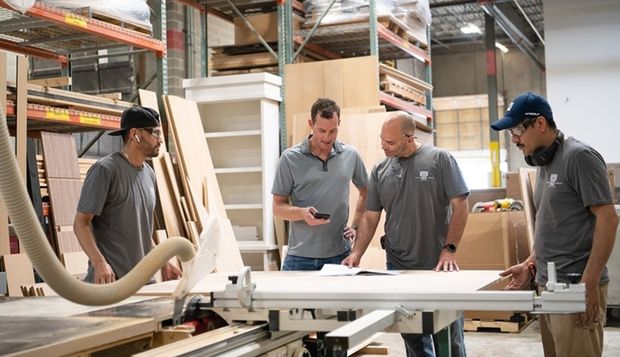This condition can develop as a natural part of the aging process, but it may also result from injury to the back. Degenerative disc disease generally begins when small tears appear in the disc wall, called the annulus. These tears can cause pain. The tears heal, creating scar tissue that is not as strong as the original disc wall. If the back is repeatedly injured, the process of tearing and scarring may continue, weakening the disc wall. Over time, the nucleus (center) of the disc becomes damaged and loses some of its water content. This center is called the pulposus, and its water content is needed to keep the disc functioning as a shock absorber for the spine. Unable to act as a cushion, the nucleus collapses. The vertebrae above and below this damaged disc slide closer together. This improper alignment causes the fact joints-the areas where the vertebral bones tough- to twist into an unnatural position. In time, this awkward positioning of the vertebrae may create bone spurs. If these spurs grow into the spinal canal, they may pinch the spinal cord and nerves (a condition called spinal stenosis).
Symptoms:
The site of the injury may be painful. Some people experience pain, numbness or tingling in the legs. Strong pain tends to come and go. Bending, twisting and sitting may make the pain worse. Lying down relieves pressure on the spine.
Health Topics:







